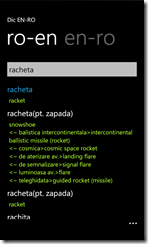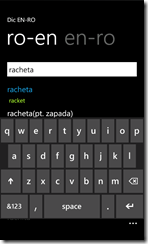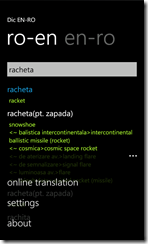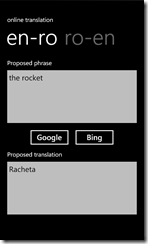So you want to developed your next social media integrated Windows Phone application;
And you’re making heavy use of Facebook C# SDK.
But you’ll find out that all the authentication/authorization/delegation process is done entirely in a WebBrowser component and developer is just intercepting Navigated event of this component to process the server responses and capture the Access Tokens.
It comes a bit more trickier when you try to log-out in order to log-in with another credentials.
Not so much info over the internet, so here it was my solution that works just fine:
- when we wish to log-out we pass to the browser log-out URL:
wb.Navigate(new Uri("http://m.facebook.com/logout.php?confirm=1"));
- then on the navigated event of WebBrowser component we look for logout button, extract the logout Url and we force a navigation to this real logout Url:
private void wb_Navigated(object sender, System.Windows.Navigation.NavigationEventArgs e)
{
string fbLogoutDoc = wb.SaveToString();
Regex regex = new Regex("\\<A href=\\\"(.*)\\\".*data-sigil=\\\"logout\\\"");
MatchCollection matches = regex.Matches(fbLogoutDoc);
if (matches.Count > 0)
{
string finalLogout = string.Format("http://m.facebook.com{0}", matches[0].Groups[1].ToString());
wb.Navigate(new Uri(finalLogout));
}
}
This way the browser will not cache Facebook login cookies and next time when we intent to authenticate a new user/credentials the login screen will appear nicely. And of course, if we logout the user from a different screen as the login one, the webbrowser component can be made “invisible”
Just my simple solution for a clean windows phone facebook logout.













